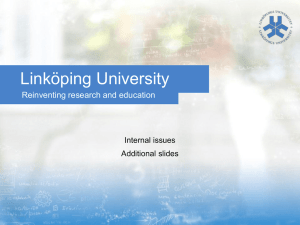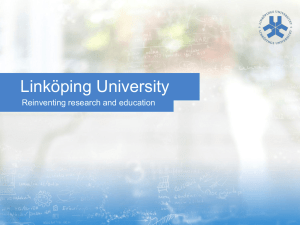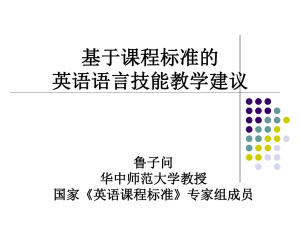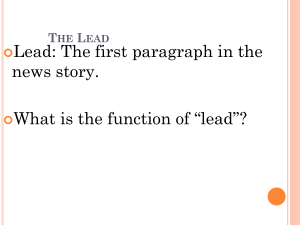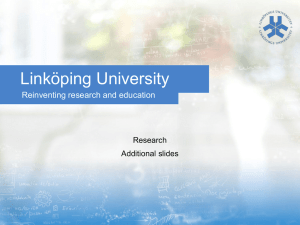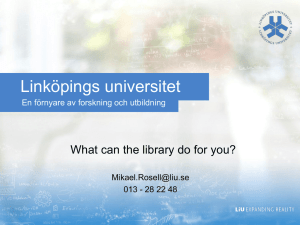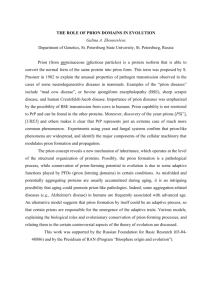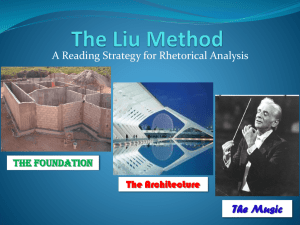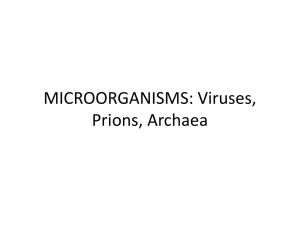here - IDA - Linköping University
advertisement
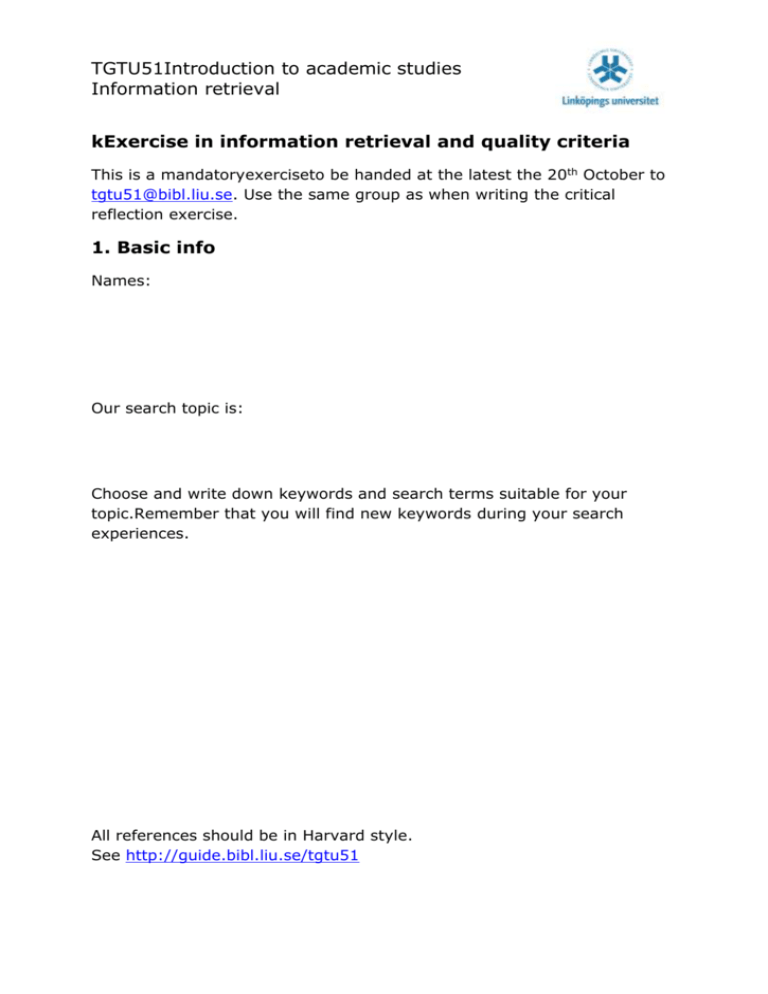
TGTU51Introduction to academic studies Information retrieval kExercise in information retrieval and quality criteria This is a mandatoryexerciseto be handed at the latest the 20th October to tgtu51@bibl.liu.se. Use the same group as when writing the critical reflection exercise. 1. Basic info Names: Our search topic is: Choose and write down keywords and search terms suitable for your topic.Remember that you will find new keywords during your search experiences. All references should be in Harvard style. See http://guide.bibl.liu.se/tgtu51 2. To search for books Make a search for books inthe Library catalogue at Linköping university library, inLibris and in Google Books. Write a correct reference (Harvard style) for a relevant book you have found.(see examplesathttp://guide.bibl.liu.se/tgtu51): Compare the different search tools. What will you find –both when it comes to topic range and material types? How easy or difficult is it to navigate in these search tools?What are the possibilities to evaluate the resources you find in the different tools? 3. To search for e-books Make a search for e-books inLibrary catalogue at Linköping university library,Librisandone e-book collection (Books 24x7 ITPro, EngNETBase, or ebrary). Write a correct reference (Harvard style) for a relevant e-book you have found.(see examplesathttp://guide.bibl.liu.se/tgtu51): Compare the different search tools. What will you find –both when it comes to topic range and material types? How easy or difficult is it to navigate in these search tools?What are the possibilities to evaluate the resources you find in the different tools? 4. To search for articles Make a search inScopusandGoogle Scholarfor scientific articles. Write a correct reference (Harvard style) for a relevant article you have found.(see examplesathttp://guide.bibl.liu.se/tgtu51): Why is this article credible and trustworthy? Use criteria like authority, bias, dependency, time. Compare the different search tools. What will you find in them –both when it comes to topic range and material types? How easy or difficult is it to navigate in these search tools?What are the possibilities to evaluate the resources you find in the different tools? 5. Quality criteria exercise Evaluate the following sourcesafter their credibility and trustworthiness. A research group at Linköpings University describes their research on their homepage like this: “Welcome to the Hammarstrom research group at LinköpingsUniversitet. We are interested in protein misfolding, amyloid formation and disease, both on the molecular level and in the cellular perspective. The toxic mechanism of misfolded aggregation intermediates inducing nerve degeneration is largely unknown, and this understanding it is clearly a future goal for our research. Our objective is to inhibit the formation of the toxic species utilizing different approaches including small-molecule binding and interections with molecular chaperones. A special laboratory for prion research was opened in October of 2005 at LiU for the Hammarstrom research group.” (Baumgardt, 2010) In a course you attend organized by this group you will write an academic report on prions. In your literature search you find the following sources. Rank them by credibility and trustworthiness, with the most credible source as number 1. Source A. An academic book at the TekNat-library with the title ”Prions and prion diseases: current perspectives” published 2003. Rank B. A radio program from swedish public service radio about how a farming consultant Anders Larsson saved Sweden from Mad Cow- disease. C. The blog ”Food poison journal”, http://www.foodpoisonjournal.com/ writes a post on prion diseases. D. A primary journal article with the title “Spreading of prions from the immune to the peripheral nervous system: A potential implication of dendritic cells” published 2010 in the journal Histochemistry and Cell Biology. E. A review article from 2006 with the title “The role of the cellular prion protein in the immune system” in the journal Clinical and Experimental Immunology. F. A documentary TV-program from BBC on Mad Cow Disease. G. An article in Wikipedia on prions. H. An article in the popular science journal Scientific America from 2001 claiming that the human variant of mad cow disease can be transferred from human to human via blood. Baumgardt, M. (last updated 2010-09-14), Protein folding, misfolding and disease. (Electronic) Available: http://www.liu.se/forskning/hammarstromlab?l=en (2011-08-18). (Made after similar exercises developed by Jude Carroll, Oxford Brooks University and Carl-Mikael Zetterling, KTH) 6. Concluding discussion Conclude your work with this form with a discussion of what you have learnt. The discussion must contain how you found your search terms, how you evaluated the search tools, what criteria you used when analyzing the search result, and finally what your most important learning have been after doing this exercise.
